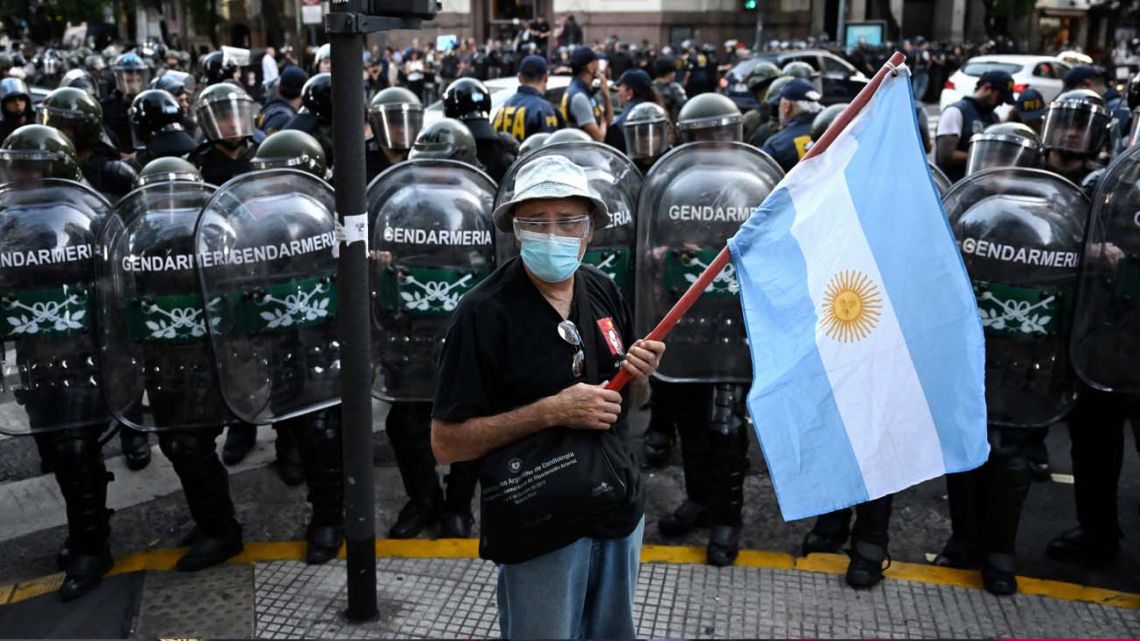The White House unveiled tariffs on April 2, 2025, targeting Latin America with a strategic hand. Most nations face 10%, but Guyana, Suriname, Nicaragua, and Mexico diverge.
Affecting $480 billion in regional trade, this policy blends economics and geopolitics.
Most countries, like Brazil and Colombia, take a 10% tariff. They export $80 billion yearly to the U.S., often yielding surpluses.
Brazil’s $34 billion in exports versus $65 billion in imports results in a $31 billion U.S. gain. This moderate rate preserves stable trade ties. Guyana pays 15%, fueled by its oil-driven $5 billion surplus.
Suriname, with bauxite and gold, faces 12-15%, reflecting resource leverage. Nicaragua absorbs a 25% hit, tied to rocky U.S. relations and governance woes, signaling a punitive edge.
Mexico, trading $800 billion annually, shifts today, April 3. Initially dodging new tariffs via a delay until April 2, it pledged 10,000 troops to curb migration and drugs. That deadline passed yesterday.
 Trump’s Latin America Tariffs Reveal Strategic Trade Play. (Photo Internet reproduction)
Trump’s Latin America Tariffs Reveal Strategic Trade Play. (Photo Internet reproduction)Now, USMCA-compliant goods—half of its $400 billion in exports—stay tariff-free, shielding autos where costs could jump $4,000 per vehicle. Non-USMCA exports, however, hit 25% from March activations, tempered by ongoing talks. Mexico’s concessions ease the sting, but full relief fades.
Trump’s Trade Strategy
South America sees the lightest load, mostly at 10%. U.S. surpluses, like Chile’s copper trade, and distance from border security debates keep rates low. Trade pacts with six nations further soften the impact, unlike China’s 10-34% on $295 billion.
The policy eyes $3 trillion over a decade, offsetting tax cuts. It risks a 0.4% GDP drop and 358,000 job losses if fully imposed. Latin America’s $480 billion trade, dwarfed by the $1.4 trillion global target, shows restraint.
The story unfolds in the numbers. Mexico’s partial shield reflects diplomacy—troops and talks avert a blanket 25%. Nicaragua’s penalty flexes political muscle, while South America’s low rates prioritize stability.
Businesses feel the heat: steel prices may rise with Latin America supplying 49% of U.S. imports, and Mexico’s auto sector watches nervously. Trump wields trade as leverage, not just revenue, balancing pressure with pragmatism.

 By The Rio Times | Created at 2025-04-03 10:42:19 | Updated at 2025-04-04 21:42:43
1 day ago
By The Rio Times | Created at 2025-04-03 10:42:19 | Updated at 2025-04-04 21:42:43
1 day ago








